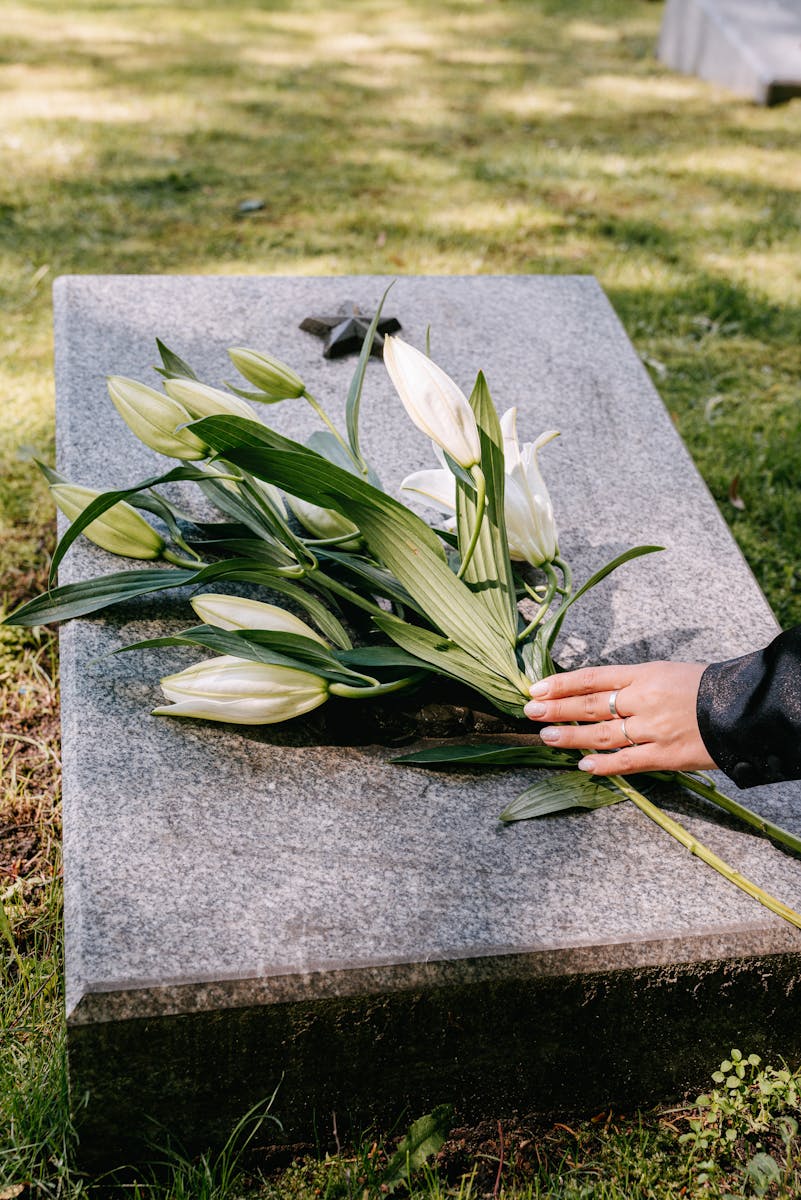
It’s easy to imagine celebrities as figures who exist solely in the shimmering lights of Hollywood or on grand stages, far removed from the grit and grim realities of the world. We see them in their roles, embodying heroes and villains, but rarely do we pause to consider the profound, often dangerous, real-life experiences that might have shaped them long before or even during their rise to fame. Yet, behind the glamour and the unforgettable performances, a surprising number of beloved stars actually served their nations in the most demanding way imaginable: by fighting in actual battles.
The idea that actors, musicians, and filmmakers have faced the horrors of war might be hard to reconcile with their public personas. But the truth is, a remarkable roster of these brave individuals left behind the comforts of fame, or put their budding careers on hold, to answer the call of duty during some of history’s most tumultuous times. They traded scripts for rifles, studios for battlefields, and applause for the roar of combat, demonstrating a courage and dedication that truly puts their on-screen heroics to shame.
Prepare to look at some of your favorite legends through an entirely different lens. We’ve delved deep into the archives to unearth the incredible, often untold, stories of these valiant individuals who not only entertained us but also stood on the front lines, making immense sacrifices for their countries. Their experiences forged them, influencing their art and leaving an indelible mark that extends far beyond their celebrated careers.
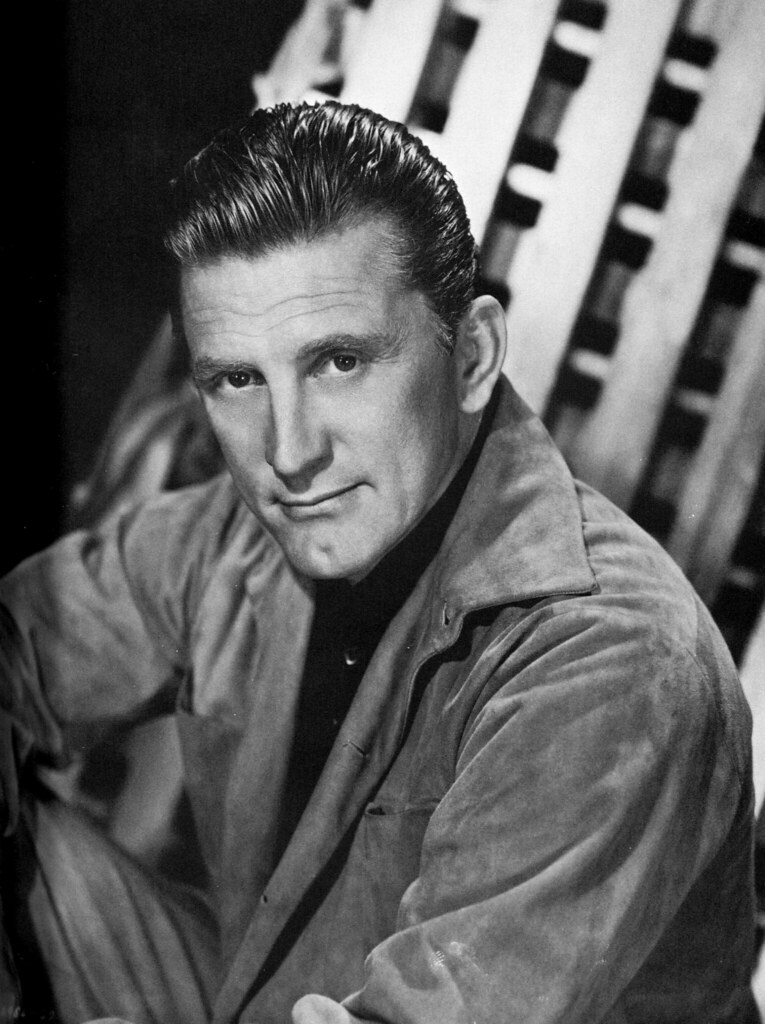
1. **Kirk Douglas: Injured While Hunting Japanese Submarines**
Kirk Douglas stands as one of the most iconic figures in cinematic history, a true titan of the silver screen. However, many might not realize the immense courage he displayed long before his acting prowess captivated audiences worldwide. Despite initially failing a dexterity test for the Air Force, Douglas’s determination led him to join the Navy, a decision that would see him serving his nation with unwavering resolve.
During his time in the Navy, Douglas was commissioned as a gunnery and communications officer. He served aboard the USS PC-1139, actively participating in missions that placed him directly in harm’s way. A particularly perilous incident occurred in 1943 while his ship was on a vital mission to locate suspected Japanese submarines.
In a moment of accidental mishap, a crew member unintentionally detonated a depth charge near their vessel. The force of the blast violently threw Douglas against the ship, causing him to sustain severe abdominal injuries. His dedication and remarkable military career, alongside his prolific acting, were later honored in 1981 when he received the Presidential Medal of Freedom, the highest civilian honor in America.
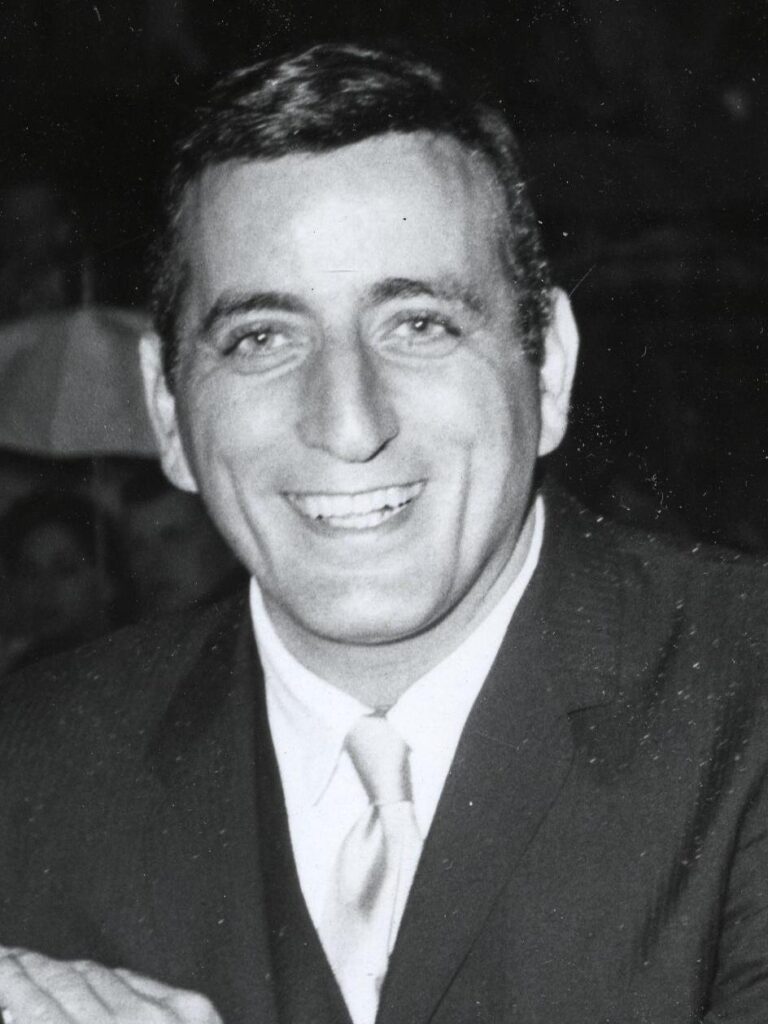
2. **Tony Bennett: A Singer Forged in the Fires of World War II**
When we think of Tony Bennett, we often conjure images of a suave crooner, a musical legend with an unparalleled voice and an enduring career that spanned decades. Yet, long before he graced the world’s most prestigious stages and garnered 20 Grammy Awards, Bennett’s journey into adulthood began on the battlefields of World War II. It’s a lesser-known chapter of his life, but one that profoundly shaped the man and artist he became.
Bennett enlisted in the Army towards the end of the war, serving as an infantryman for the 63rd Infantry Division. His unit’s crucial role involved filling in for the heavy casualties sustained on the front lines in France and Germany. He was one of those brave soldiers thrust directly into combat, facing situations where most would have felt a death sentence had been handed to them.
Remarkably, Bennett managed to evade death, emerging from the conflict with a newfound perspective. He would later reflect that his harrowing experiences in the war were the very catalyst that motivated him to become a lifelong pacifist, dedicating his life to music and the pursuit of bringing joy to the world. He is also significantly remembered for his part in the liberation of a German concentration camp, a testament to his service beyond the call of duty.

3. **Oliver Stone: The Filmmaker Who Volunteered for Vietnam Combat**
Oliver Stone is celebrated globally as an award-winning filmmaker, the visionary behind powerful and often gritty films like “Platoon,” “Born on the Fourth of July,” and “Scarface.” These movies often carry a raw, authentic edge, and perhaps that intensity is rooted in Stone’s own profound real-life experiences. What many might not realize is that before he was directing on set, he was fighting on the ground as a Vietnam veteran.
Stone deliberately chose to put himself in harm’s way, enlisting in the Army in 1967 and specifically requesting active combat duty. His desire to face the realities of war head-on led him to serve with unwavering commitment. During his tour, he sustained injuries in combat on two separate occasions, a stark reminder of the dangers he willingly embraced.
In 1968, Stone was transferred to the 1st Cavalry, a platoon renowned for its specialized Long Range Reconnaissance training, further immersing him in high-stakes operations. After 15 months of dedicated service to his country, he was honorably discharged and received significant decorations, including a Purple Heart with an Oak Leaf Cluster, signifying two distinct awards. He was also adorned with a Bronze Star with a V device, recognizing his extraordinary acts of valor, and a Vietnam Service Medal, a testament to his brave and arduous contributions.
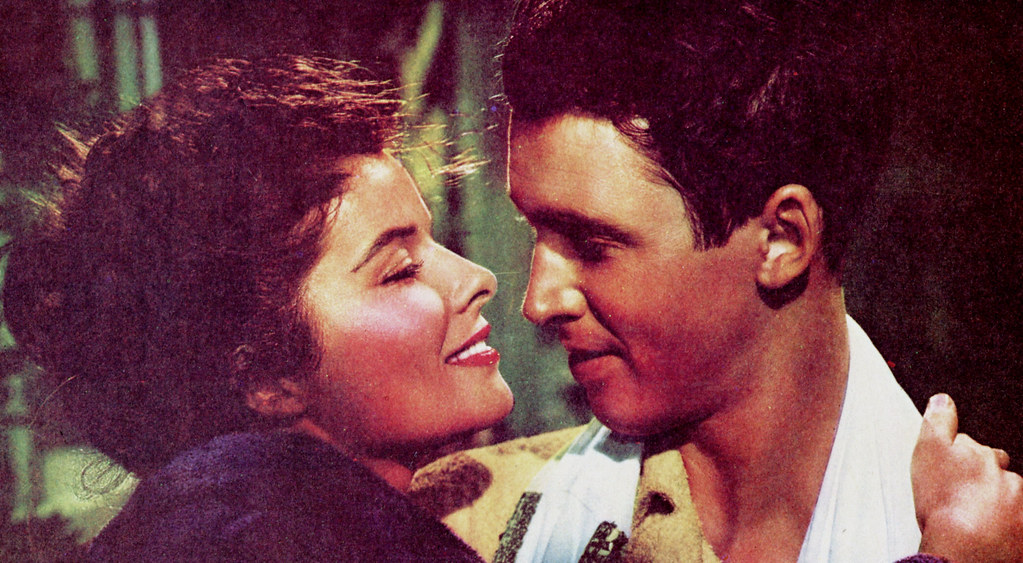
4. **Jimmy Stewart: From Aspiring Actor to Decorated World War II Bomber Pilot**
Jimmy Stewart, the quintessential American actor, known for his roles in classics like “Mr. Smith Goes to Washington” and “It’s A Wonderful Life,” embarked on a path that would see him become far more than just a Hollywood star. In the early 1930s, he was an aspiring actor, but by the end of the decade, his commitment to his country would lead him to become a soldier, demonstrating a profound sense of duty.
After achieving significant cinematic success, Stewart famously put his acting career on hold to join the Army Air Corps, where he trained to become a World War II bomber pilot. This wasn’t merely a symbolic gesture; Stewart flew a B-24H with the 703rd Bomb Squadron, actively participating in incredibly dangerous combat missions. Throughout his service, he piloted in 20 combat missions, which included perilous assaults on German air bases, oil refineries, and ammunition bases, facing enemy fire directly.
Even after the war concluded, Stewart’s dedication to service didn’t end. He remained on the reserves list, continuing his commitment to the military. In 1959, his exemplary service was recognized with a promotion to the rank of Brigadier General, a testament to his leadership and enduring valor. His final mission was flown in 1966, during the Vietnam War, marking an extraordinary and lengthy military career for a beloved public figure.

5. **Gene Roddenberry: The Star Trek Creator Who Flew 89 Combat Missions**
For countless fans worldwide, Gene Roddenberry is synonymous with “Star Trek,” the groundbreaking science-fiction franchise that introduced us to new worlds and bold ideas. But before he envisioned the USS Enterprise soaring through the cosmos, Roddenberry’s own life was one of incredible adventure and danger, serving as a fighter pilot for the Air Force during World War II.
Roddenberry’s decision to enlist came after the devastating events at Pearl Harbor, a pivotal moment that spurred many to action. Commissioned in 1942, he was posted to the Pacific Theater of Operations, where he joined the 394th Bomb Squadron. His tenure in service was marked by an astonishing level of active combat.
He flew a remarkable 89 combat missions, many of which were inherently perilous, demonstrating his exceptional bravery and skill under fire. Roddenberry’s valor earned him the rank of Captain, and he was decorated with prestigious honors, including the Flying Cross and the Air Medal. After the war, he transitioned into a commercial pilot before eventually finding his unparalleled success in the entertainment industry as a visionary screenwriter, forever changing the landscape of science fiction.
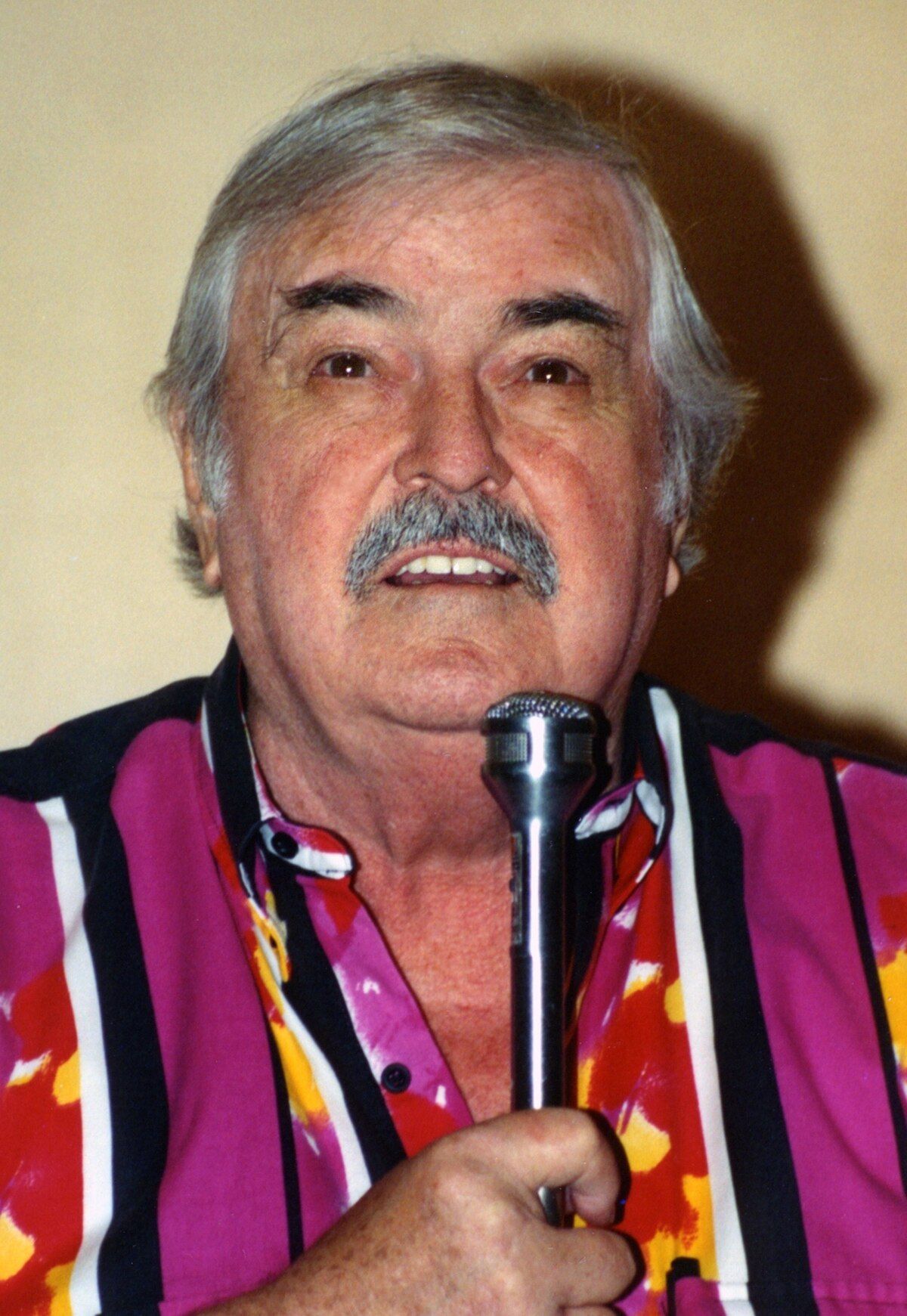
6. **James Doohan: Scotty’s Real-Life D-Day Heroism**
Before James Montgomery Doohan became immortalized as Montgomery “Scotty” Scott, the beloved chief engineer of the Starship Enterprise, he forged a different kind of legend on the battlefields of World War II. He served as a lieutenant in the Canadian Royal Army, a testament to his profound sense of duty and courage. His experiences on D-Day, one of the most pivotal moments in modern history, are particularly harrowing.
On that fateful day, Doohan played a crucial role in leading his fellow soldiers through a deadly minefield on Juno Beach, a task requiring immense bravery and precision under fire. During the intense fighting of that battle, he sustained multiple gunshot wounds, a testament to the chaos and peril of the front lines. Despite being shot four times in one leg and losing a middle finger to another bullet, he miraculously managed to survive.
In a truly astonishing turn of events, a bullet aimed directly at his chest was stopped by a silver cigarette case he carried in his pocket, a stroke of unbelievable luck. Adding to the grim reality of combat, all these shots tragically came from a soldier on his own side who, in the heat of battle, mistakenly perceived him as an enemy. Doohan’s survival and resilience on D-Day are a powerful, often overlooked, chapter in the life of a true hero.
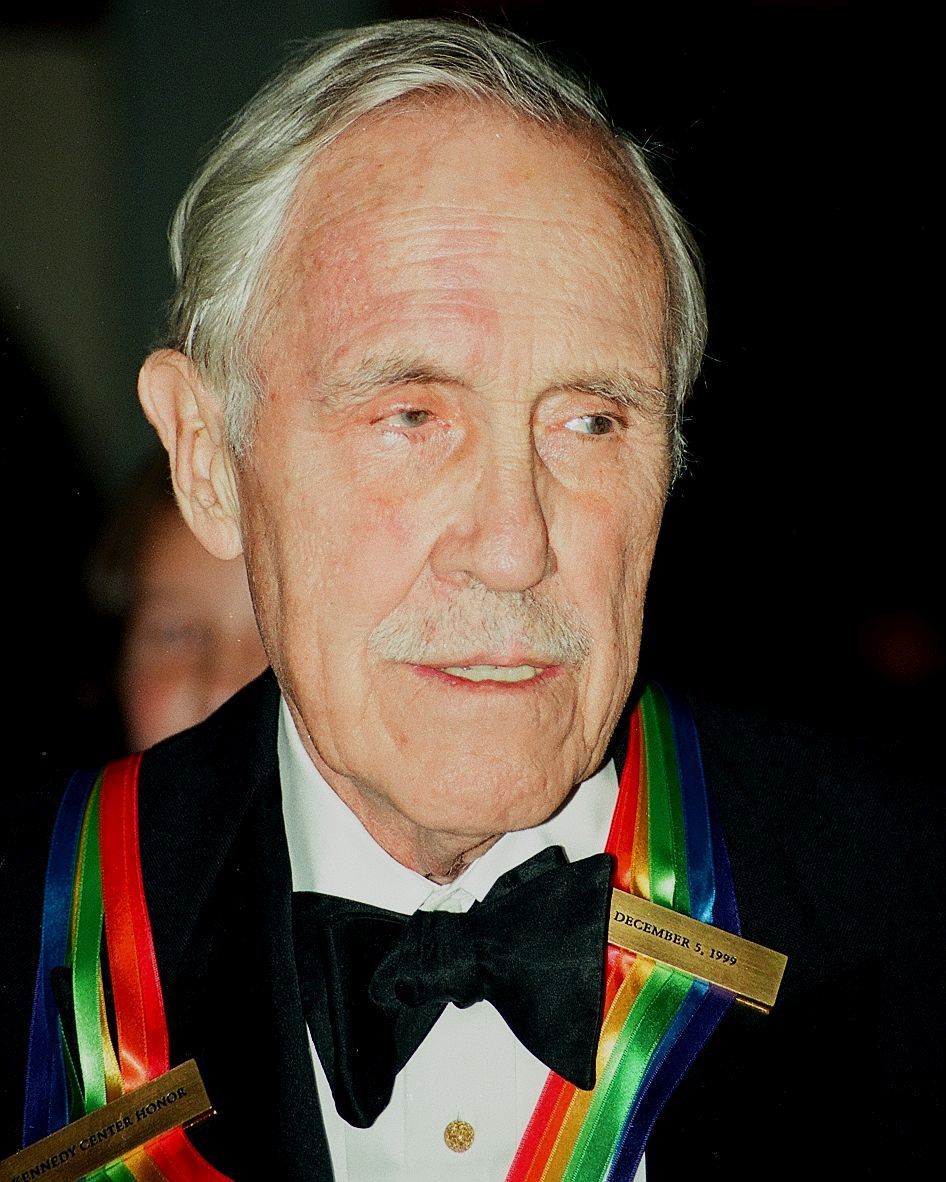
7. **Jason Robards: Surviving Torpedo Attacks Before Triple Crown Fame**
Jason Robards is remembered as an accomplished actor, one of the elite few to achieve the Triple Crown, an honor signifying wins for a competitive Academy Award, Emmy Award, and Tony Award in acting. His career was marked by immense talent and versatility, but before he captivated audiences on stage and screen, Robards navigated a different kind of drama: the perilous realities of naval combat in World War II.
Shortly after graduating from high school in 1940, Robards was recruited into the Navy. He served as a 3rd class Radioman aboard the USS Northampton, a heavy cruiser. The ship was reportedly near Pearl Harbor during its attack, and subsequently, the vessel was assigned to the Guadalcanal campaign in the Pacific Theater, placing Robards directly into one of the most intense naval conflicts of the war.
During the fierce Battle of Santa Cruz, Robards’s ship was struck by two long-range Japanese torpedoes, an attack that caused significant damage and put the crew in grave danger. Despite sustaining injuries from the blast, Robards exhibited remarkable resilience, managing to survive the attack by treading water for hours until he was eventually rescued by a US Destroyer ship. His service continued on the USS Nashville, where, amidst the duties of war, he discovered his passion for acting, reportedly after reading a script for Eugene O’Neill’s stage play, “Strange Interlude.”
It’s truly incredible to think about the diverse paths these brave souls took, often putting their lives on the line for their countries before, or even during, their legendary careers. We’ve seen how seven of them defied expectations, and now it’s time to unveil more astonishing stories. Get ready to discover the wartime contributions of another group of iconic figures whose legacies were forged not just on screens or stages, but on the battlefields of history.
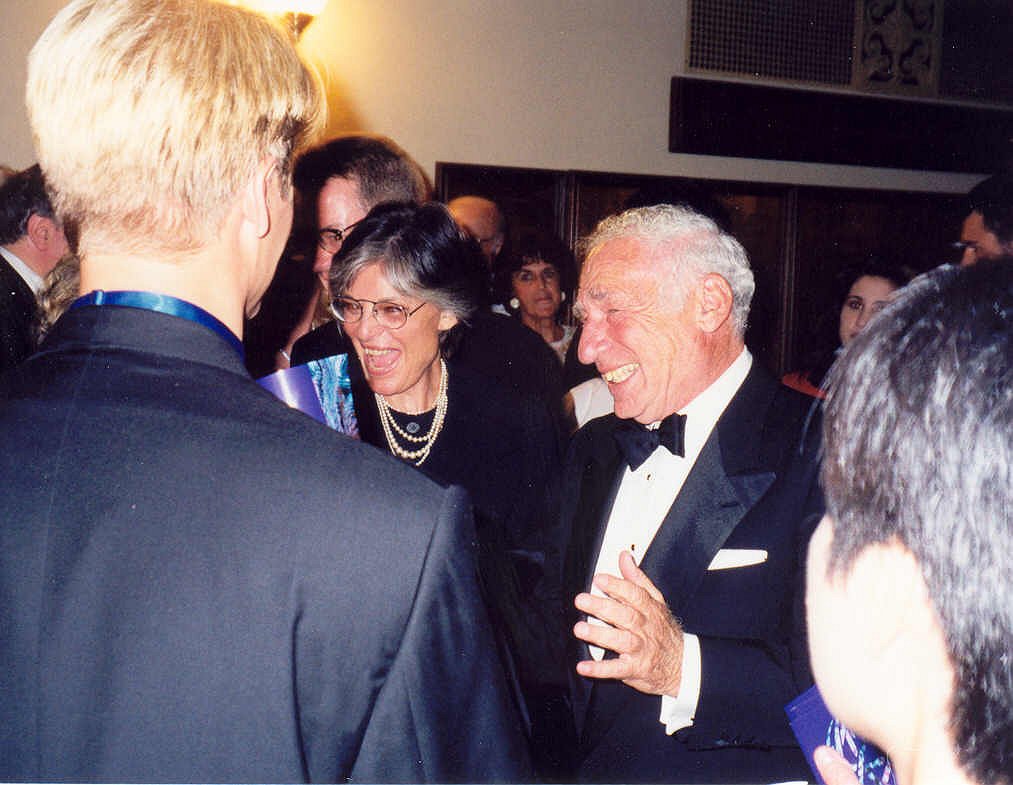
8. **Mel Brooks: Comedy Genius Who Disarmed Bombs**
Before he became one of the most celebrated and hilarious filmmakers of all time, the legendary Mel Brooks had a strikingly serious role in World War II. It’s wild to think that the man who brought us so much laughter was once on the front lines, dealing with some incredibly dangerous situations. He served in the Army with the 1104th Engineer Combat Battalion, a unit tasked with some of the most critical and perilous duties of the war.
His unit was responsible for deactivating land mines, a job that required immense precision and bravery, all while often under sniper fire. They also had the vital tasks of clearing blocked roads and building bridges to aid the Allied advance. Brooks, with his natural comedic talent, would famously use humor to keep morale up among his fellow soldiers, proving that laughter can indeed be a powerful tool even in the grim realities of combat.
It’s genuinely amazing how life sometimes takes unexpected turns. Brooks initially wanted to study psychology at Brooklyn College, but was drafted into World War II at just 18 years old. He even saw action in the intense Battle of the Bulge, one of the deadliest conflicts in American history. It was only after his tour of duty, having survived these harrowing experiences, that Brooks fully embraced comedy, setting him on the path to becoming an EGOT winner and a cultural icon.
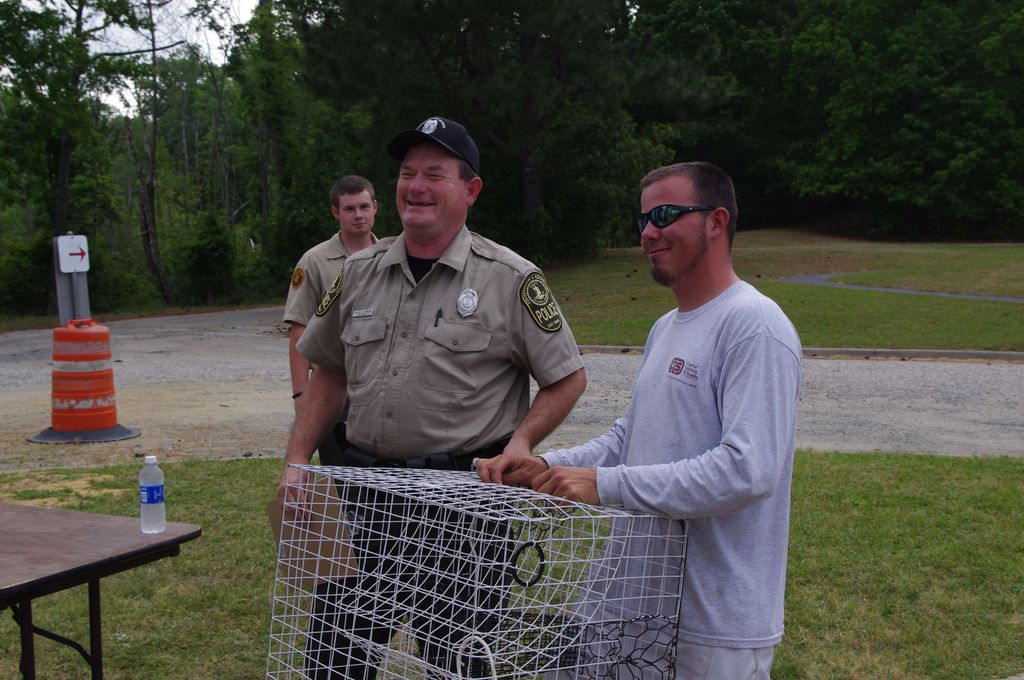
9. **Russel Johnson: The Professor Whose Plane Was Shot Down**
For many, Russel Johnson will forever be remembered as the brilliant Professor from “Gilligan’s Island,” the resourceful castaway who could invent anything but never quite managed to fix the boat. But long before he was stranded on a desert isle, Johnson was a true hero, serving with distinction in the Army Air Corps during World War II. His real-life adventures were far more perilous than anything concocted for television.
Johnson served as a B-24 bombardier, a role that placed him directly into the heart of aerial combat. He flew an astounding 44 combat missions, a testament to his repeated exposure to danger and his unwavering commitment. On March 4, 1945, while flying as a navigator with the 13th Air Force, his plane, along with two others, was tragically shot down by Japanese forces over the Philippine islands. It was a harrowing moment that could have ended very differently.
During the chaotic crash landing, Johnson’s co-pilot sadly lost his life, and Johnson himself sustained severe injuries, breaking both of his ankles. Despite the trauma, he survived this incredible ordeal. Following his service, he was honorably discharged as a 1st Lieutenant and was awarded the prestigious Purple Heart Medal, recognizing the wounds he sustained in service to his country. His dedication and bravery paint a powerful picture of the man behind the beloved character.

10. **James Arness: Gunsmoke’s Marshal Wounded in Italy**
Before he became the legendary Marshal Matt Dillon on “Gunsmoke,” gracing our screens for decades, James Arness lived a life of profound courage and sacrifice. In 1943, he enlisted in the Army during World War II, driven by a desire to serve. Interestingly, he initially hoped to become a naval fighter pilot but was turned down due to his towering height, proving that even a small detail can alter a destiny.
Arness was assigned to the 2nd Platoon, E Company, and soon found himself on the perilous beaches of Anzio, Italy. There, he took part in the infamous Battle of Anzio, a brutal and drawn-out conflict that raged from January 22 to May 29, 1944. This was no Hollywood set; this was real combat, where every moment was fraught with danger.
During the intense fighting, Arness sustained heavy machine-gun fire to his legs from German forces. His wounds were so serious that he required immediate evacuation from the battlefield and spent more than a year and a half in recovery before finally being discharged. These injuries would cause him to suffer for the rest of his life, leaving him with a lasting limp. For his valor and sacrifices during the battle, Arness was deservedly awarded both the esteemed Purple Heart and the Bronze Star.
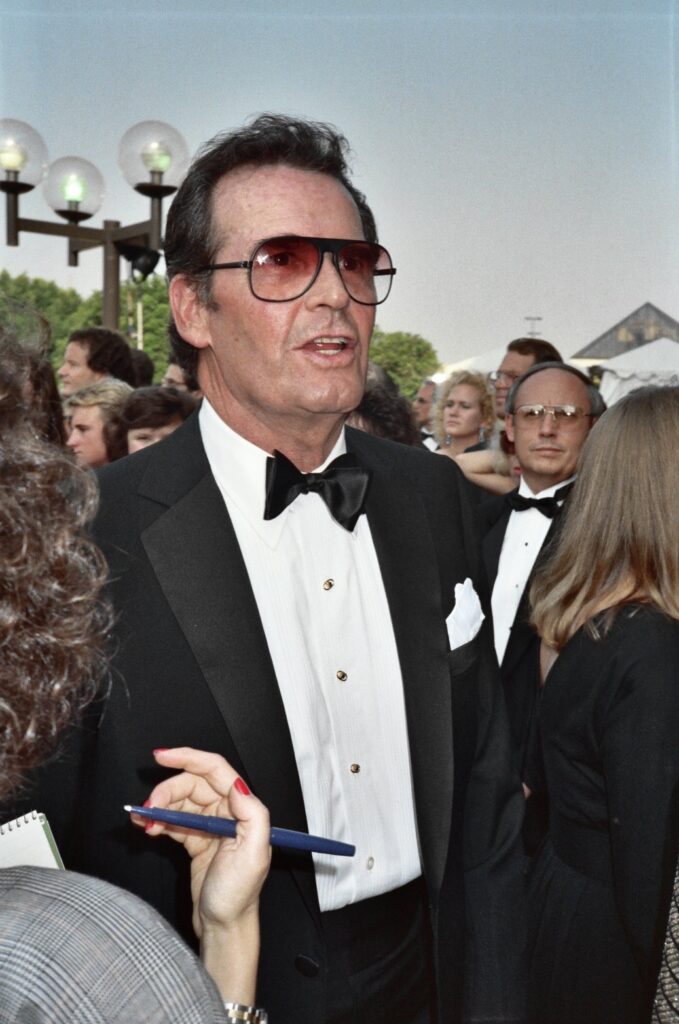
11. **James Garner: Double Purple Heart Recipient in Korea**
Long before he charmed audiences in roles like Jim Rockford in “The Rockford Files” or Bret Maverick in “Maverick,” James Garner was a committed soldier, serving his nation with courage. He was a member of the Oklahoma National Guard before transitioning to the U.S. Army, demonstrating his early dedication to duty. It’s a side of him many fans might not readily associate with his laid-back screen persona.
During his 14-month service in Korea, Garner fought as a rifleman for the 5th Regimental Combat Team, putting him directly in the thick of intense combat. He was wounded not once, but twice during his service, each instance a stark reminder of the dangers he faced. The first injury occurred when a mortar round detonated nearby, leaving him with shrapnel embedded in his hand and face.
In a truly unbelievable turn of events, his second wound was the result of a friendly fire incident, leaving him with a bullet in his rear. Despite these painful and significant injuries, Garner’s resilience shone through. For his courageous service and sacrifices in the Korean War, he was awarded two Purple Hearts, a testament to his incredible bravery, in addition to numerous other honors.
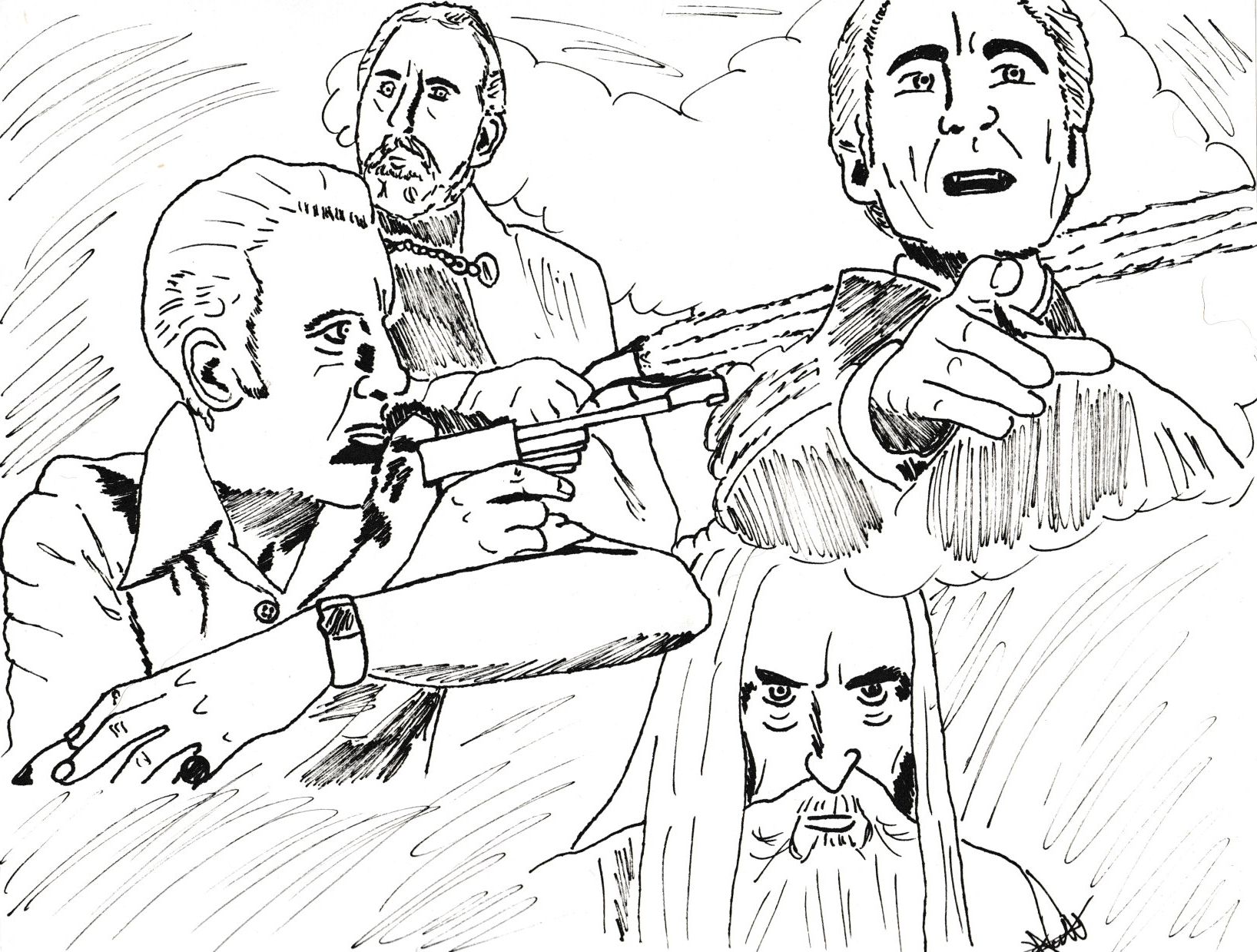
12. **Christopher Lee: The Multi-Talented War Hero**
The legendary Christopher Lee, known for his iconic roles as Dracula, Saruman, and Count Dooku, lived a life so extraordinarily rich that his military service could easily be a blockbuster film itself. He entered World War II at just 17, initially serving during the Winter War with the Finnish Army. It was only the beginning of a truly remarkable and diverse wartime career.
He later joined the Royal Air Force, where he was stationed across Africa and served as an intelligence officer in the No. 260 Squadron RAF. His duties were incredibly varied and dangerous, including participating in bombing raids and providing crucial ground support. Lee played a direct role in the Allied invasion of Italy, further cementing his place in history. His time in service was marked by extreme challenges, including contracting malaria six times in a single year, climbing Mount Vesuvius, surviving a plane crash, and even remarkably quelling a mutiny!
After the war concluded, Lee didn’t immediately turn to acting. He spent time hunting Nazi war criminals, showcasing his continued commitment to justice. His military career was a mosaic of bravery, intellect, and sheer survival against overwhelming odds. It’s truly mind-boggling to think about everything this man accomplished before he even became a world-renowned actor.

13. **Charles Bronson: The Tough Guy Who Faced Real Combat**
Charles Bronson’s on-screen presence was always larger-than-life, often portraying tough, stoic characters in classic films like “Death Wish,” “The Great Escape,” and “Once Upon a Time in the West.” It turns out that this persona was deeply rooted in his real-life experiences, as Bronson proved to be quite the rugged individual off-screen as well. He earned the distinction of being a decorated World War II veteran, serving with immense courage in the U.S. Air Force for about three years.
During his service, Bronson was an aerial gunner, participating in a multitude of combat missions that placed him directly in harm’s way. These were not choreographed action sequences; these were real battles where his life was on the line. He endured significant danger, sustaining serious injuries during one particular operation. For his wounds suffered in action, he was honorably awarded the Purple Heart upon his retirement from military service in 1946.
It was only after his demanding and perilous time in the military that Bronson made the pivotal decision to pursue an acting career. It’s fascinating to consider how his raw, real-life experiences in combat might have profoundly influenced the iconic, no-nonsense characters he would later portray. His gritty resilience certainly translated powerfully to the silver screen, captivating audiences for decades.
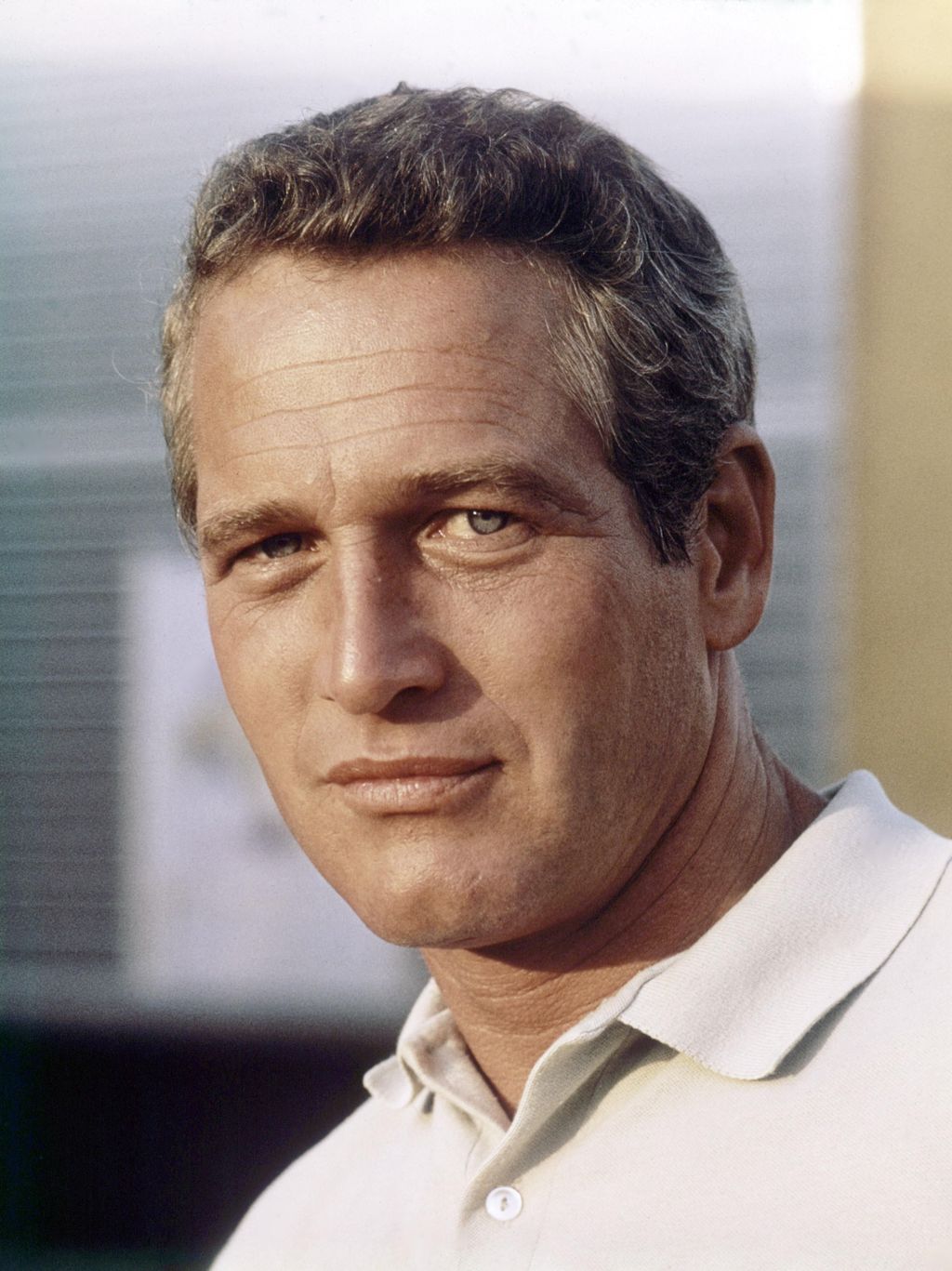
14. **Paul Newman: A Close Call with Destiny at Okinawa**
Paul Newman is a name synonymous with unparalleled acting talent, a dazzling smile, and impactful philanthropy. Yet, one significant chapter of his life that many might not realize is his courageous service during World War II in the United States Navy. Before he ever lit up a Hollywood screen, Newman was preparing for a very different kind of role.
While studying at Yale University, Newman initially joined the V-12 program with the ambition of becoming a pilot, dreaming of soaring through the skies. However, fate had a different plan. It was discovered that he was color blind, a condition that unfortunately grounded his pilot aspirations. Instead of completing the V-12 program, Newman shifted gears, undergoing basic training to become a gunner and radioman for bombers. This new path would place him directly into aerial warfare.
In 1945, Newman was assigned to the USS Bunker Hill, which saw heavy action during the Battle of Okinawa. This period marked an incredibly close brush with death for Newman. Just before a devastating Kamikaze attack hit the Bunker Hill, his pilot developed an ear infection, forcing their plane to land on the way back from Okinawa. This fortuitous medical issue saved Newman and his pilot from destruction, as the rest of their squadron on the Bunker Hill tragically perished in the attack. It’s a stark reminder of the thin line between life and death in combat.
And there you have it, folks! Another deep dive into the extraordinary lives of celebrities who traded the glitz and glamour for the grit and danger of real battles. These incredible men, from iconic actors to comedic geniuses and musical legends, answered the call of duty with a bravery that truly adds another dimension to their celebrated legacies. Their stories remind us that heroism isn’t just found in movies or on stages, but often in the most unexpected real-life moments.
It really puts things into perspective, doesn’t it? These are the individuals who shaped culture but also fought for freedom. Which of these surprising military careers resonated with you the most? Did you know about Christopher Lee’s incredible wartime feats or James Garner’s double Purple Hearts? Drop us a line and let us know your thoughts!

